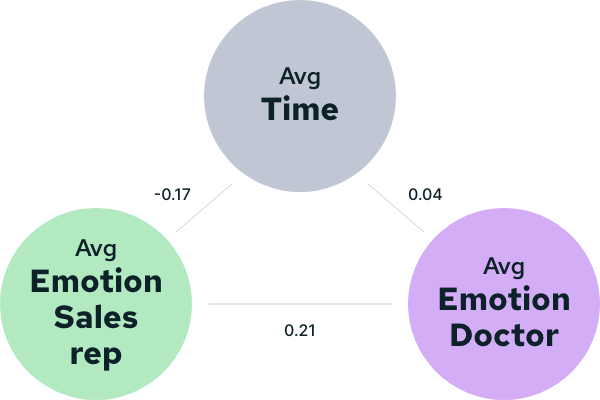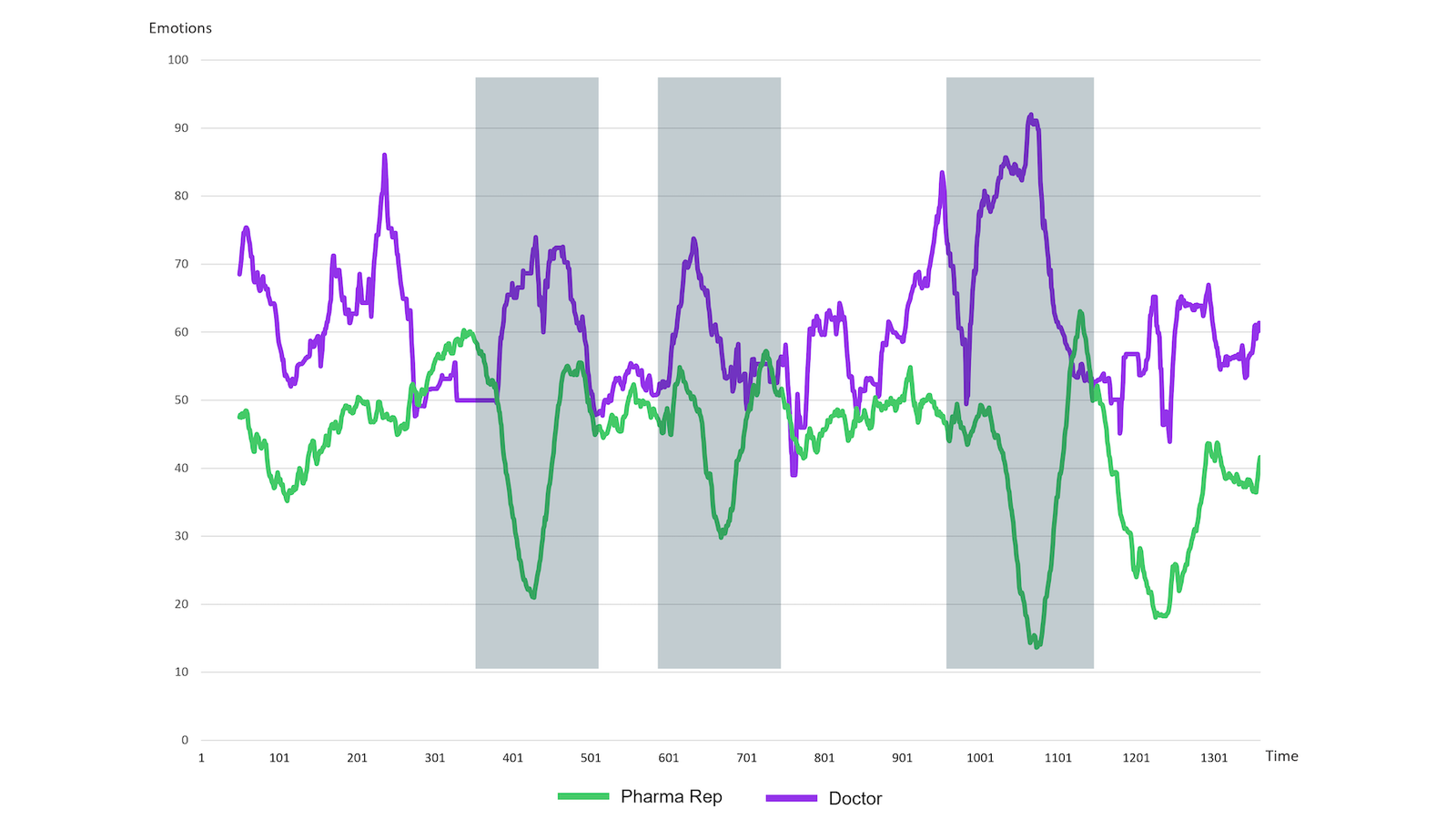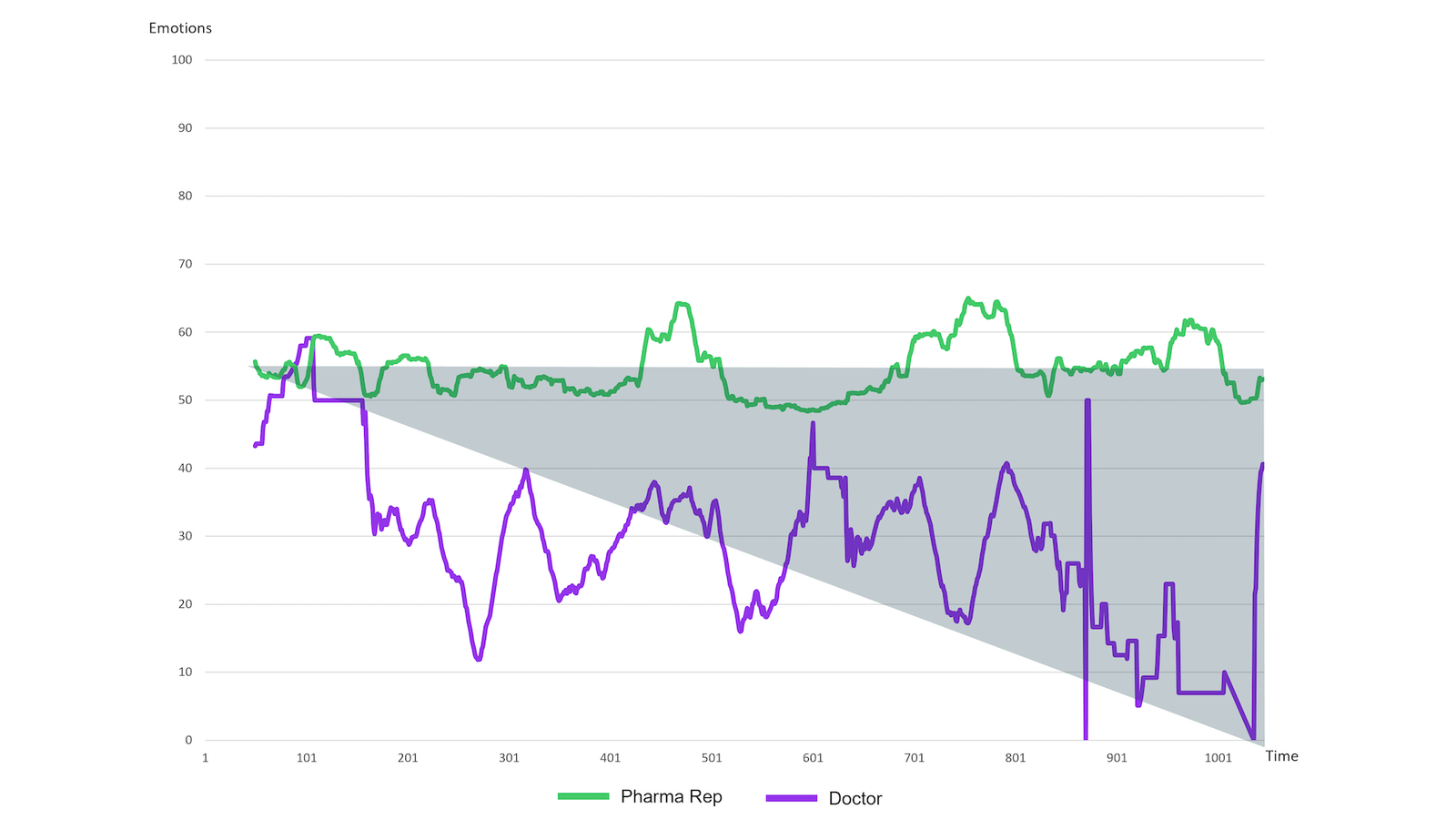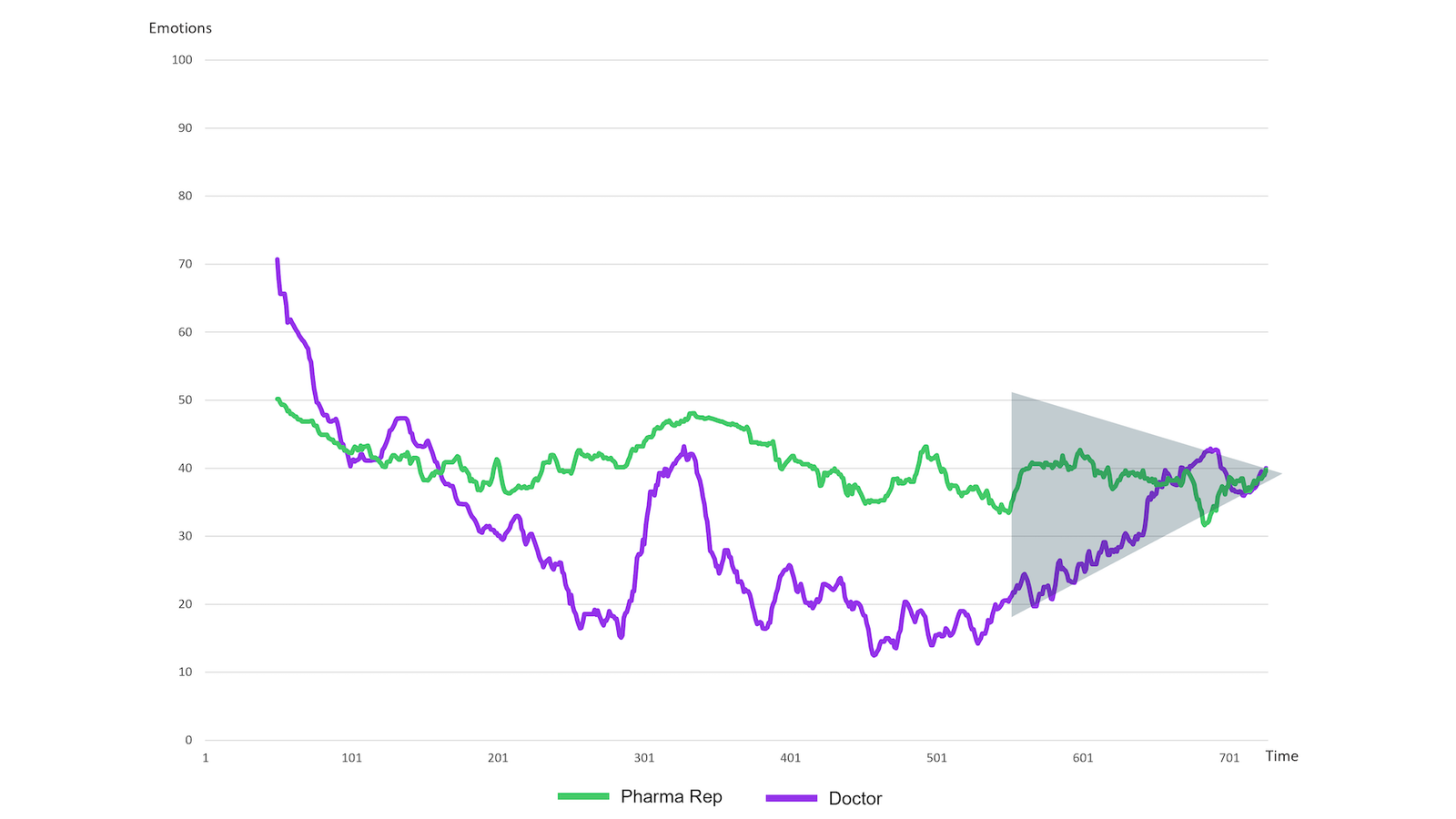
The problem: What happens when companies don't know which aspects affect sales performance?
The default performance measurement of a sales force is the generated revenue. Did they meet their quota at the end of the period – a simple question to answer. A more advanced variation of this would be the success rate. How many times did someone pitch to get a deal? With a proper data architecture this is no rocket science.
But both indicators are outcome oriented. At the end of the period, you can only tell if someone was successful or not. What is missing is a deeper understanding of the influences involved. With last year's revenue figures only, you can't replicate the success. You need to know what went good and why it went well.
If you launch a new medication, as our customer did, you have to start from scratch. You work up your sales materials, prepare your sales force and then you jump into the cold water.
Our customer spent years and money on researching and developing a new cancer medication. Every trial needed to be scientifically accurate – every side effect needed to be known. But after development they feared to lose touch with the reactions to their product. What sales material and statistics will convince health care professionals (HCP) to prescribe their medication? They just would want to compete against coincidence.
Luckily for our client, we partnered with a market research agency to evaluate ten test pitches with real HCPs. The goal was to determine how good the sales materials and the pharma reps themselves were prepared for the product launch.

We took the Zoom recording, recognized faces, determined emotions and brought data into structure.
The Mataono approach: What if a company could quantify the reactions of the customer?
The test pitches were performed with Zoom. Next to the actual pitch there were a few interviews with the HCPs conducted by the market research agency. But we focused only on the pitch, or rather the recording of the pitch. To have a better chance to analyse the emotions in context with the sales materials, we did a post processing.
This allowed us a few optimizations. First, we cut out all the introduction by someone else and all the follow-ups. Second, we cut out the faces into individual videos to remove the noise for our algorithm. Third, we complemented the output of our algorithm with some meta data – most important: the slides presented.
The real magic happened with the emotion detection. In each video we recognized the face, and our algorithm determined the confidence for seven different emotions (with one emotion being the most confident one) in the given face – seven times per second. This data was aggregated for every second and put into one emotion indicator ranging from 0 (negative) to 100 (positive).
With this data we are able not only to summarize the mood of the meeting, but also to rate the best and worst slides and see when in the pitch extreme events happend.
The result: What if a company really understands its customers?
Our data combined with the analytics by the market research agency helped our customer to really understand the impact of the sales materials and enabled the pharma rep to measure the success of a meeting. Our data helped to show extreme points in meetings (i.e., when customer emotion was suddenly dropping, or emotions of both participants diverged from each other), which could then be analysed by a psychologist to determine what happened.
With the data we could also aggregate across all pitches which sales material had a positive impact on emotions and which did not. Of course, a pharma rep is more confident with an information-crowded slide because s/he can show some knowledge. But on the downside, a customer is just confused, and the emotions drop.

We also confirmed a few general theories by doing a correlation analysis. First, there is a positive correlation between the sales emotion and the customer emotion. So by being more happier in a sales meeting, a sales rep can lift the mood of the customer. Second, there is a negative correlation between the remaining time and the sales emotion. This results in pharma reps being more stressed and in a more negative mood when they know the time is almost over.
Now it is your turn
If you want a sophisticated analysis of your meetings and sales materials, we got you covered. Just contact us with your requirements and we can analyse the potential of your sales material together.

Free consultation
Conduct better sales training with Emotional Selling
Schedule your personal 30-minute consultation and let our founder Chris explain how you can effectively use emotions in your sales training.
Request free consultation

